par Marie Caron, pharmacienne et présidente de la SQHP
-The english version of this article is presented below-
François Gendron, chirurgien et apothicaire, donné des Jésuites en Nouvelle-France (1643-1650) a soigné les Amérindiens et les Français établis à la mission fortifiée de Sainte-Marie des Hurons au plus fort de la guerre avec les Iroquois. Il a été le premier professionnel de la santé à vivre en Ontario (Midland), autrefois, la Huronie (Wendake), pays convoité par nos ancêtres français. Chez les Hurons, en 1644-1645, d'après le témoignage du père Ragueneau , François Gendron "a assisté les Français et les sauvages avec beaucoup de charité(...) a toujours vécu avec beaucoup d'édification(...) sans gages, sans aucun gain(...)pour l'amour de Dieu". Il passa 7 ans à Ste-Marie.
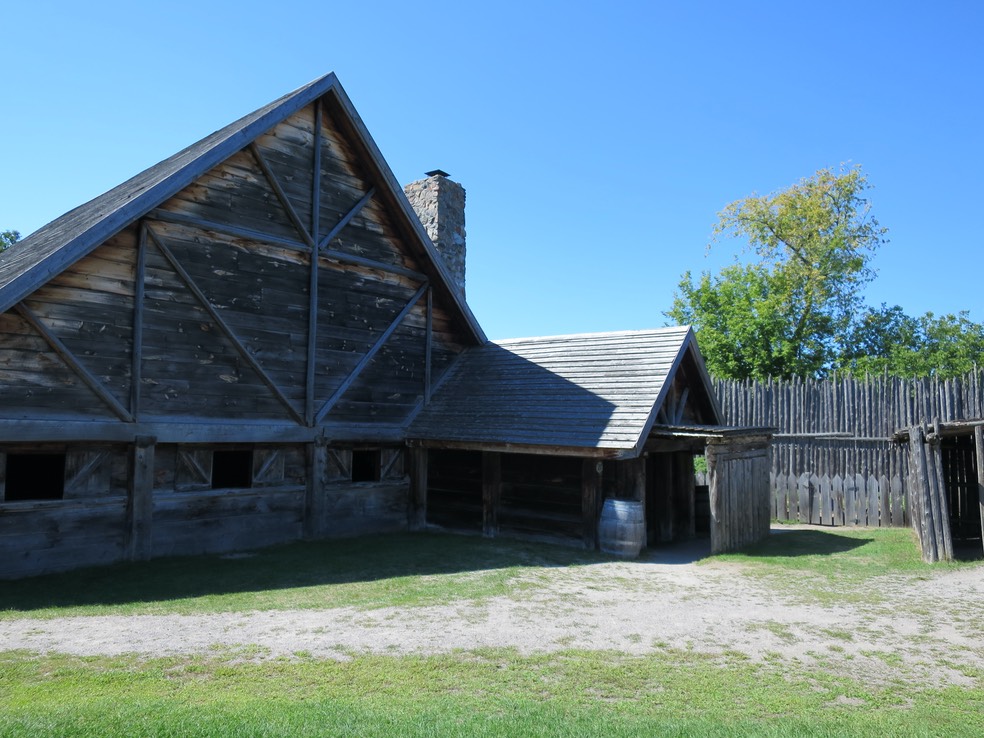
On peut contempler de nos jours une reconstitution des installations de l'ancienne mission et en particulier, l’hôpital, l'apothicairerie et le jardin de l'apothicaire. L'hôpital de modeste dimension était chauffé par un feu dans un âtre tel qu'on en retrouve dans les anciennes habitations françaises du 17 ème siècle. Les lits des malades ont été construits par les charpentiers de la mission : un simple lit de bois avec quelques couvertures. On recevait plusieurs patients à la fois. Cependant malgré le dévouement de notre héros, il ne peut soigner les maladies infectieuses qui déciment les rangs des Hurons qui meurent en très grand nombre. On trouvait dans son jardin la menthe, le thym, la sauge et l'achillée mille-feuille. L’apothicairerie de Monsieur Gendron comptait sur l'apport des Ouendats quant aux plantes locales qu'ils utilisaient depuis des générations. Tel Louis Hébert avant lui, sa pharmacopée regroupait des plantes du vieux continent et du nouveau monde pour le bénéfice des malades. Toutes ces plantes se retrouvaient à sécher dans une réserve attenante à l'hôpital.
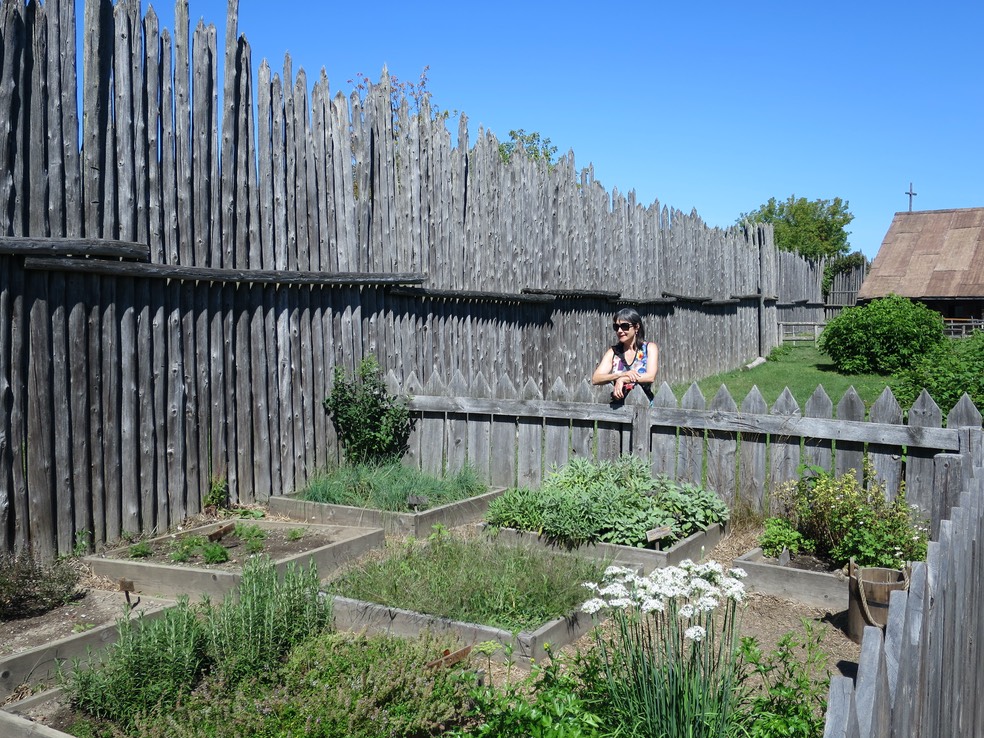
Il passa sept années en pays ouendat et il quitta son apothicairerie et son hôpital après la ruine et la destruction de la mission : un génocide de ce peuple aux prises avec des frères iroquoiens ennemis et des maladies que ni l'apothicaire ni le shaman-guérisseur ne peuvent soigner. Après 30 jours de voyage périlleux au péril de sa vie, 50 portages, il arriva à Québec pour mettre le cap sur la France. Il apporta dans sa besace un onguent pour fistules, ulcères rebelles et cancers. L'ingrédient actif provenait de pierres découvertes au bord du lac Érié : les pierres ériennes. Cet onguent miraculeux fit sa fortune en France et en 1664, il soigna la reine mère Anne d'Autriche rongée par un cancer du sein.
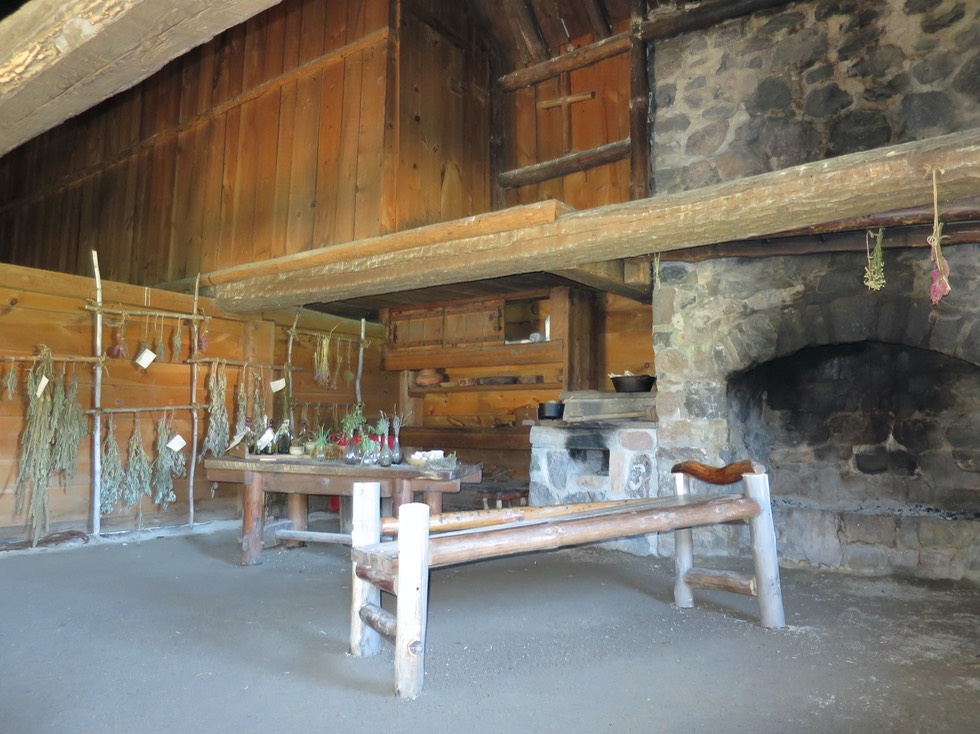
Il fut ordonné prêtre et se fit médecin des pauvres. Il devint célèbre à la cour et dans tout le pays où il a voyagé beaucoup afin de poursuivre ses études et ses expériences sur le cancer. Il n'a jamais oublié les Jésuites en Nouvelle-France : à chaque année il envoyait 200 louis au père Raguenau.
Référence : Relations des Jésuites, 1648, Dictionnaire des biographies canadiennes, Biographical Dictionary for the Jesuit Missions in Acadia and New France :1602-1654, visite à Sainte-Marie des Hurons, été 2016
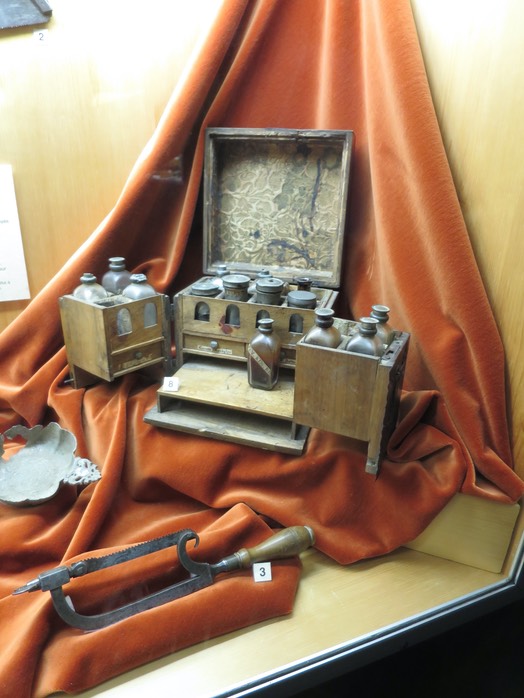
***
François Gendron, apothecary without frontiers in 1643
by Marie Caron, pharmacist and president of SQHP (Société Québécoise d’Histoire de la Pharmacie)
François Gendron, surgeon and apothecary, donné to the Jesuites in Nouvelle France (1643-1650) was taking care of the Hurons (Ouendats) and the French living at the fortified mission of Sainte-Marie des Hurons when the war with the Iroquois was raging. In 1648, one fifth of the French population in Nouvelle-France was there.
He was the first Health Care professional to live in Ontario (Midland), called at that time Huronie (Wendake ), a rich land enticing the French with the fantastic potential for fur trade. According to the testimony of Paul Ragueneau, Superior of the Jesuites, François Gendron” helped the French and the native people with much charity… always lived a life of great edification…without any wages (donné) or profit , but purely for the love of God”.

Today, we can see the reconstitution of the old fortified mission on the bank of the Wye River in Midland. Of great interest for us, the hospital, the garden of the apothecary and the apothecary. The hospital is small in proportion and was heated with a foyer as the French house in the XVII century. A few wood beds made by the French carpenters living there completed the corner of the apothecary where a table served as a laboratory surrounded by plants hanging on the wall. In spite of his great devotion for his Ouendats patients, there was no success in treating the infectious diseases that were disseminated by the Europeans, the native people were decimated. The shamans were no better to treat those new sickness.
In his apothecary garden, mint, thyme, sage and Achillea millefollium were growing. Like Louis Hébert before him , his pharmacopeia was French and wendat as the Hurons shared their knowledge of the native healing plants. All the plants were stored and dried in the apothicary.

He had spent 7 years in Huronie. He had left the hospital after the total destruction of the mission : the Iroquois had succeeded in the ruin of the Huronie and the infectious diseases magnified the loss of lives among the Ouendats.
After 30 days of canoeing, 50 portages, the threat of the Iroquois, he arrived in Quebec City . He was back to France. He took with him an ointment for fistulas, stubborn ulcers and cancers. Its base was a powder made from stones that he had discovered on the shores of Lake Erie and which he called “Erie Stones”. This ointment was to make his fortune in France and in 1664 was to bring him the honour of treating the queen mother, Anne of Austria, who suffered from cancer of the breast.
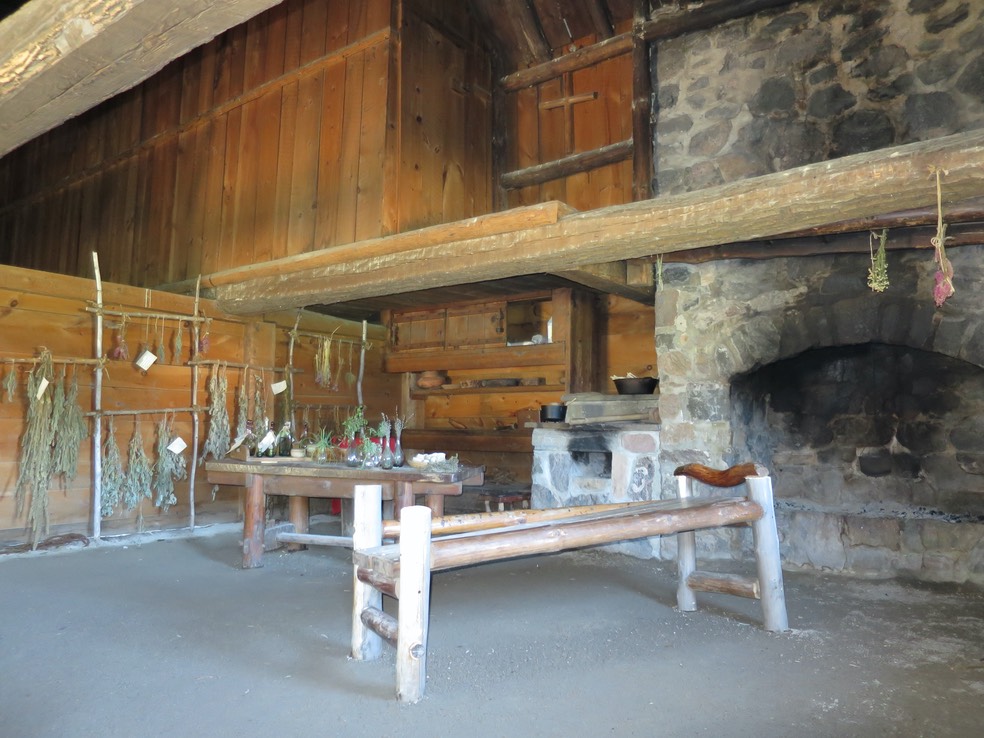
He was ordained a priest and worked as doctor of the poor. He was famous at the court and in all the country where he had travelled extensively and he was studying many cases of cancer. He had never forgotten is early years: François Gendron had sent to Paul Ragueneau 200 louis every year to support the missions of the Jesuites in Nouvelle France.
Reference : Relations des Jésuites 1648 , Biographical Dictionary for the Jesuit Missions ( Lucien Campeau),Dictionary of Canadian biographies, visit to Sainte-Marie des Hurons, summer of 2016
***